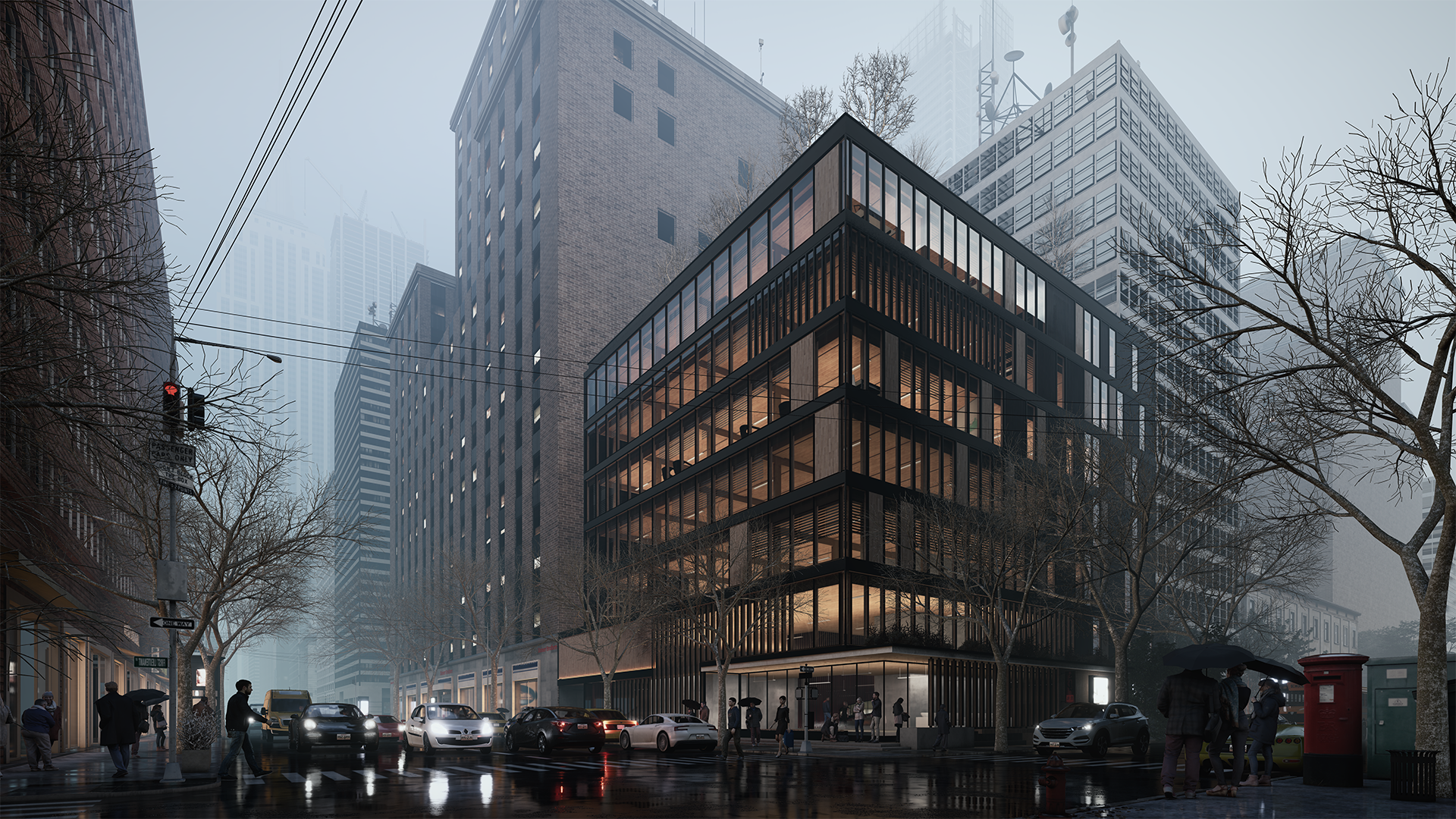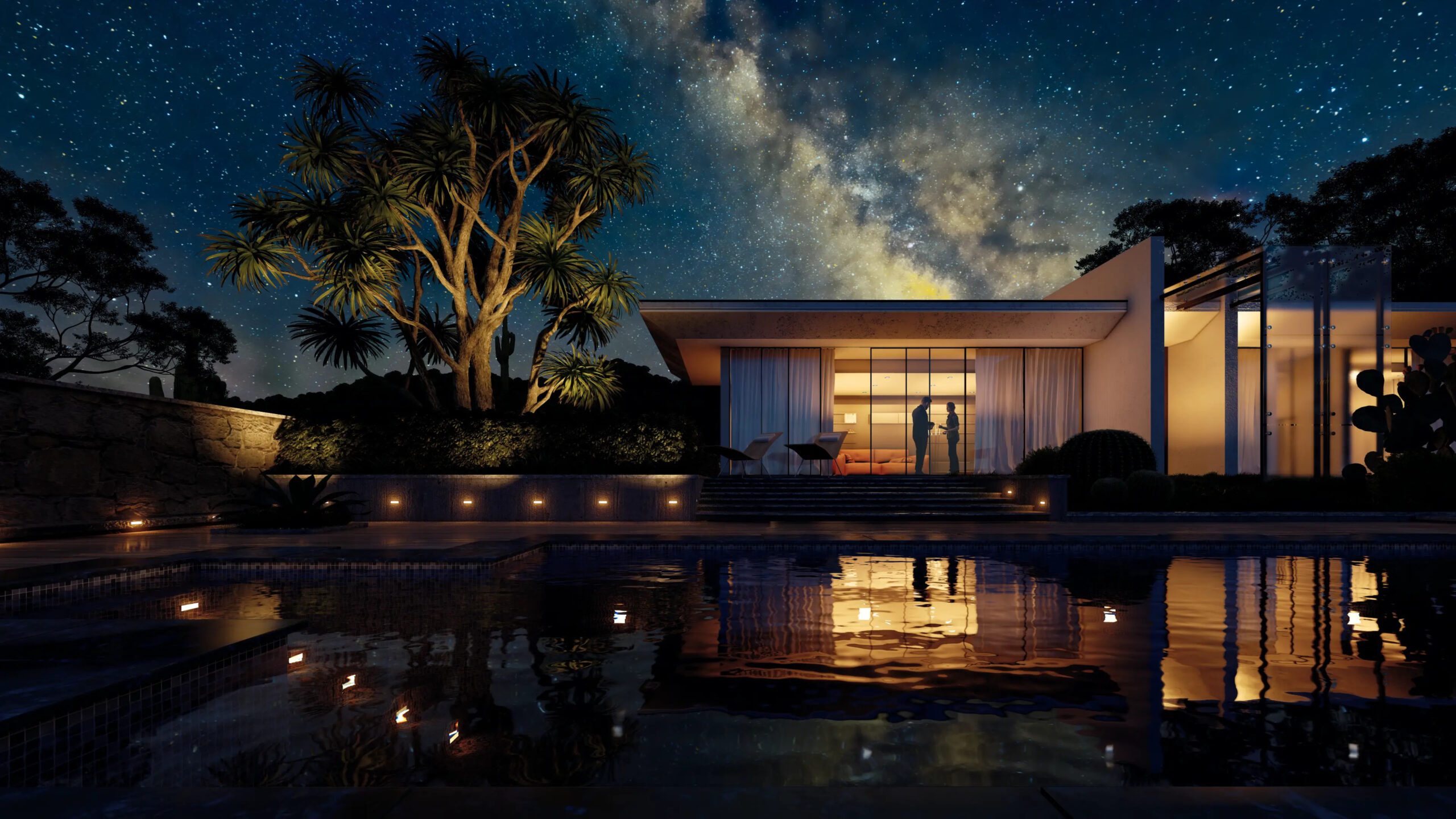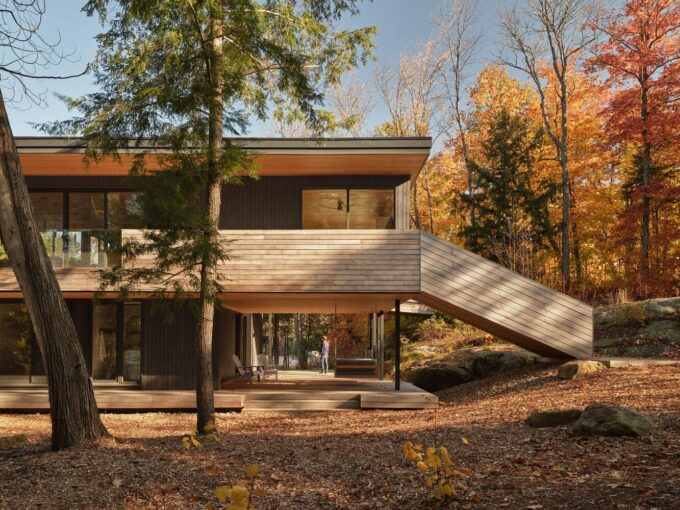- Home
- Articles
- Architectural Portfolio
- Architectral Presentation
- Inspirational Stories
- Architecture News
- Visualization
- BIM Industry
- Facade Design
- Parametric Design
- Career
- Landscape Architecture
- Construction
- Artificial Intelligence
- Sketching
- Design Softwares
- Diagrams
- Writing
- Architectural Tips
- Sustainability
- Courses
- Concept
- Technology
- History & Heritage
- Future of Architecture
- Guides & How-To
- Art & Culture
- Projects
- Interior Design
- Competitions
- Jobs
- Store
- Tools
- More
- Home
- Articles
- Architectural Portfolio
- Architectral Presentation
- Inspirational Stories
- Architecture News
- Visualization
- BIM Industry
- Facade Design
- Parametric Design
- Career
- Landscape Architecture
- Construction
- Artificial Intelligence
- Sketching
- Design Softwares
- Diagrams
- Writing
- Architectural Tips
- Sustainability
- Courses
- Concept
- Technology
- History & Heritage
- Future of Architecture
- Guides & How-To
- Art & Culture
- Projects
- Interior Design
- Competitions
- Jobs
- Store
- Tools
- More
Lumion 12.5 vs Lumion 2023: What’s Best?

Architectural design is a complex process that involves creating aesthetically pleasing and functional structures that meet the needs of clients and end-users. In recent years, there has been a significant increase in the use of 3D modeling software to visualize and communicate architectural designs. One of the most popular software programs used by architects and designers for rendering 3D models is Lumion.
Lumion is a real-time rendering software that allows architects and designers to create stunning visualizations of their designs quickly and easily. It has become an essential tool in architectural visualization due to its user-friendly interface, extensive library of materials, objects, and effects, and the ability to create photorealistic images and animations.
Common Features of Lumion Versions
Lumion offers several benefits that make it an ideal tool for architectural rendering:
User-friendly interface: Lumion has an intuitive and easy-to-use interface that allows architects and designers to create stunning visualizations without needing extensive technical knowledge or experience in 3D modeling.
Extensive library of materials and objects: Lumion offers a vast library of materials, objects, and effects that can be easily applied to architectural designs. This library includes realistic textures, vegetation, people, and other objects that can add depth and realism to the visualization.

Real-time rendering: Lumion’s real-time rendering engine allows architects and designers to make changes to the design and see the effects in real-time. This feature can save a lot of time in the design process and allow for quick iterations and adjustments.
Photorealistic images and animations: Lumion’s rendering engine can create highly realistic images and animations that are nearly indistinguishable from real-life photographs. This can help architects and designers to communicate their designs effectively to clients and end-users.

Lumion can be used in several stages of the architectural design process, including conceptualization, design development, marketing and sales, and project coordination. By using Lumion, architects and designers can create stunning visualizations that help communicate their designs effectively to clients and end-users.
Comparison of Lumion 12.5 vs Lumion 2023
Orthographic views: Lumion 12.5 introduces the ability to create orthographic views, which are useful for creating technical drawings and documentation. With Lumion 2023, ortographic views can be used in the same features.
Custom IES spotlights: With Lumion 12.5, users can now import custom IES spotlight files, allowing for more realistic lighting in scenes. With Lumion 2023, you will get more improved version of IES spotlights.

Improved OpenStreetMap: The OpenStreetMap feature in Lumion has been updated with more accurate 3D models and improved terrain data each version of Lumion.
New materials: Lumion 12.5 includes new materials, including weathered wood, brushed metal, and concrete.Improved displacement mapping: Displacement mapping in Lumion has been improved to create more realistic and detailed surfaces.
Improved object library: The object library in Lumion has been expanded with new objects and improved organization.
Improved workflow: Lumion 12.5 includes several workflow improvements, including the ability to copy and paste effects between scenes and the ability to export images without the user interface.
Each versions of Lumion always up-to-date from expanded object and material library to other features. All features of Lumion 2023 will be anounced on Lumion’s official website up coming days. In conclusion, we can say that the newest version is the best version of Lumion. You can get the latest version on their official website as an architect or architecture student. umion’s latest versions have introduced real-time rendering capabilities, allowing users to see changes to their design in real-time as they make them. This has significantly improved the speed and efficiency of the rendering process, making it easier to iterate on designs and make changes on the fly.

Submit your architectural projects
Follow these steps for submission your project. Submission FormLatest Posts
The Ultimate Guide to Fencing in North Dakota: Choosing the Best Fence for Your Property
Watching a chain link fence twist in 70 mph winds near Minot...
Gaudí: Where Architecture Meets Science
Gaudí: Where Architecture Meets Science shows catenary arches, ruled surfaces, and biomimicry...
How Housing Market Forces Shape Architectural Design Today
Architecture never exists in isolation. Buildings rise from a mix of ambition,...
Why Portable Formaldehyde Gas Detectors Matter on Construction Sites
As construction practices shift toward more enclosed and material-intensive environments, the risk...












Leave a comment